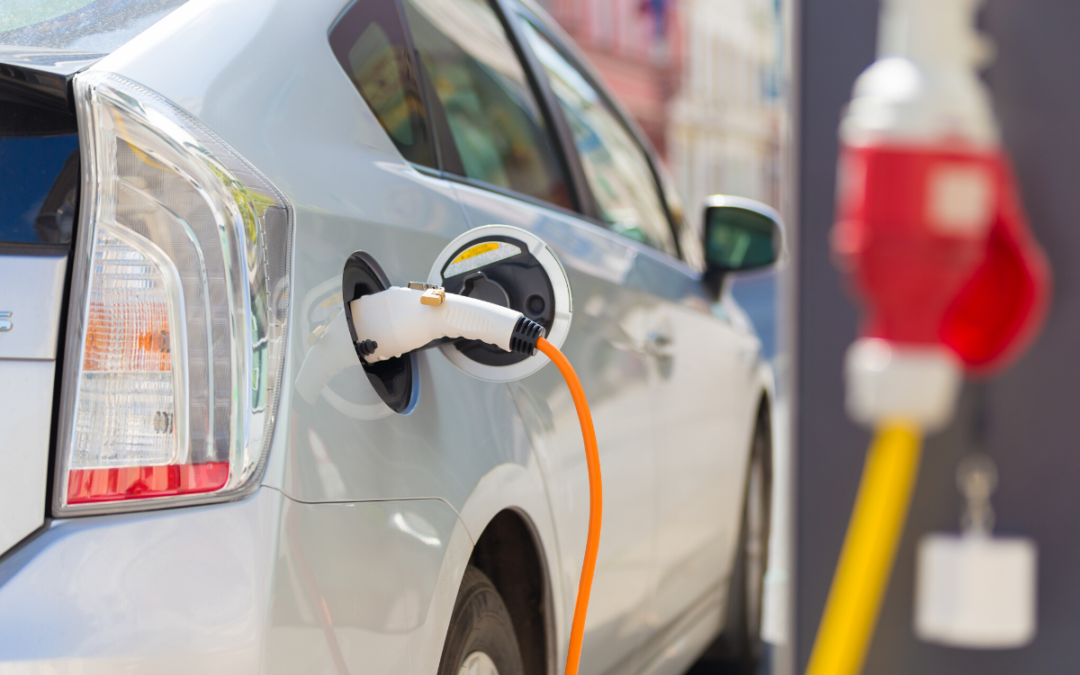
Thinking Small and Simple = Thinking Smart
Over the past decade, rooftop solar has made a big impact on energy generation. Now, in California, energy can be “free” during the day when solar is abundant. That is one of the reasons you have seen CleanStart talk about storage so much. To battle, the BIG problem of Climate Change Utilities and new companies have been advancing storage solutions. One of those companies, Simpl Global, led by Farid Dibachi has developed a battery around the needs of rooftop solar consumers.
Farid Dibachi is a habitual entrepreneur and has been innovating to make storage simple, hence Simpl Global. Rooftop solar owners are conscious of their energy cost, and Utilities switching to Time of Use becomes a pain point. Dibachi saw solar customers getting hit twice with the shift to Time of Use. With their solar systems generating power 3 to 5 hours a day when prices are cheap, they get less for the electricity they generate and pay more for electricity when they are not generating.

Residential consumers install solar because it made sense as a capital investment providing a return. Why batteries were not taking off as solar had is because the cost has typically been greater than the savings. With that in mind, Dibachi formed Simpl Global with engineers and entrepreneurs to tackle these challenges. They created the SimplBox with innovative technology in Impedance matching, IoT networked controls, and plastics engineered for thermally protecting the energy storage, with a simple design for easy install under a solar panel.
Their goal was to make a battery that was easy to install and use while being affordable. They have created SimplBox a safer lithium iron phosphate battery with a unique battery management system. Conventional battery storage systems for home PV require a number of individual devices to manage power flows. Farid and his team decided to make a battery that paired easily with rooftop solar and relied on clever electronics to replace many of the additional devices. What they have created is a smart battery that efficiently accepts and delivers power simultaneously.
Dibachi is particularly proud of the ease of installing and how their advancements in impedance matching have led to a battery management system with high efficiency that can just be plugged in. The system works like a series of valves efficiently accepting and delivering power simultaneously. Its efficacy and simplicity allow it to be modular, meaning expanding storage capacity is as easy as plugging-in another SimplBox and using off the shelf inverters for the systems connection to the grid. This is big, because of its versatility, but it also allows it to be small.

This versatility allows for the SimplBox to scale up for use in Utility Solar. It isn’t limited by the capacity of the SimplBox, because you can add more without having to change the battery management or specialized hardware. Being able to “just add more” is an advantage for utilities and solar power companies looking to make incremental changes.
In residential storage, LG and Tesla have developed storage options greater than 10 kwh. They make them large so they can support a larger solar system and capture the max power possible. In Sacramento, a solar system can easily fill an LG and Tesla Battery in the summer, but the average daily generation is ~6 kwh. That low generation with install cost batteries that size is cost-prohibitive to many, especially smaller urban systems. The SimplBox is made smaller and modular, with the idea that more solar customers can take advantage of it.
All of this addresses the pain points of residential consumers by giving them control and reducing the cost. Simpl Global plans on selling through existing solar installers and distributors this August after they complete their UL Certification in July.
Farid Dibachi spoke at our recent CleanTech Meetup on Simpl Energy. You can watch it here and read about the meetup here.
ABOUT THE AUTHOR
Thomas is the Executive Director of CleanStart. Thomas has a strong background in supporting small businesses, leadership, financial management and is proficient in working with nonprofits. He has a BS in Finance and a BA in Economics from California State University, Chico. Thomas has a passion for sustainability and a commitment to supporting non-profits in the region.
Sponsors




Weintraub | Tobin, Revrnt, Moss Adams, PowerSoft.biz, Greenberg Traurig







